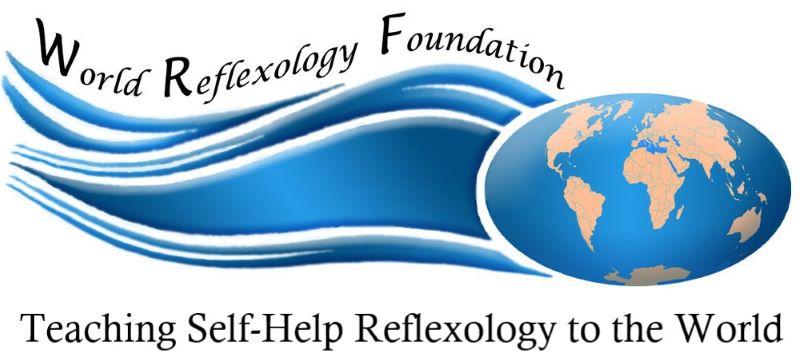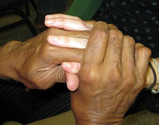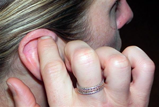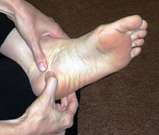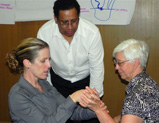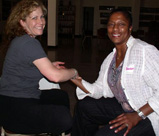Documented History of Reflexology
Reflexology was discovered in the 20th Century by three Medical Doctors.
Throughout the ages, there have been pictographs, hieroglyphs, and other drawing indicating the importance of feet, hands and ears to various cultures around the world.
Numerous cultures have had natural healing methods that included to some degree working with feet, hands and ears.
However, it was not until the twentieth Century that for the first time in documented history, pressure maps, in a shape of the human body, were discovered on the feet, hands and ears. It turned out that these pressure maps could be used to relieve pain, stress, and suffering.
In 1917 William Fitzgerald, M.D., USA, in his book, Zone Therapy, divided the body into ten wide vertical zones running the entire length of the body, with every part of the body being in one or more of the zones. In 1924 Joe Shelby Riley, M.D., USA, in his book, Zone Reflex, divided the body into horizontal zones going across the body as well as across the feet and hands, with the tips of the fingers and toes corresponding to the head, progressing downward, with the heel of the feet and hands corresponding to the lower parts of the body.
By the 1930’s their combined work was being called Foot Reflexology and Hand Reflexology. In 1957 Paul Nogier, M.D., France, documented for the first time, a reflex map of the human body upside down in the fetal position, located on the outer ear, with the head reflex on the ear lobe and progressing upwards with the foot reflex near the top of the ear. In 1959 researchers in China validated Dr. Nogier’s reflex map while at the same time discovering a second, equally effective reflex map on the outer ear.
Because of legal issues in various countries, the medical approach of working with the body map on the outer ear, where doctors can diagnose and treat body conditions with medical devices is called Auriculotherapy. The use of touch on the same body map on the outer ear is called Ear Reflexology.
